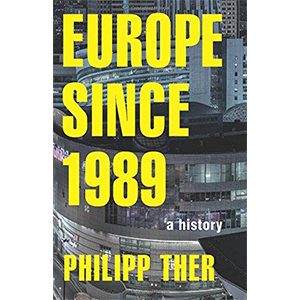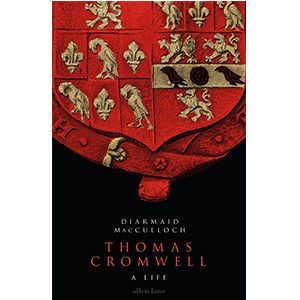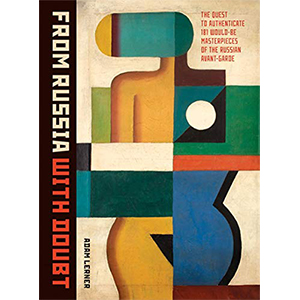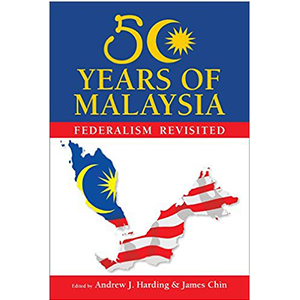Weaving Modernism: Postwar Tapestry Between Paris and New York
An unprecedented study that reveals tapestry’s role as a modernist medium and a model for the movement’s discourse on both sides of the Atlantic in the decades following World War II
With a revelatory analysis of how the postwar French tapestry revival provided a medium for modern art and a model for its discourse and marketing on both sides of the Atlantic, Weaving Modernism presents a fascinating reexamination of modernism’s relationship to decoration, reproducibility, and politics. Tapestry offered artists a historically grounded medium for distributing and marketing their work, helped expand the visibility and significance of abstraction at midcentury, and facilitated modernism’s entry into the dominant paradigm of the postwar period. K. L. H. Wells situates tapestry as part of a broader “marketplace modernism” in which artists participated, conjuring a lived experience of visual culture in corporate lobbies, churches, and even airplanes, as well as in galleries and private homes. This extensively researched study features previously unpublished illustrations and little-known works by such major artists as Helen Frankenthaler, Henri Matisse, Robert Motherwell, Pablo Picasso, and Frank Stella.
RM302.50
Out of stock
Description
An unprecedented study that reveals tapestry’s role as a modernist medium and a model for the movement’s discourse on both sides of the Atlantic in the decades following World War II
With a revelatory analysis of how the postwar French tapestry revival provided a medium for modern art and a model for its discourse and marketing on both sides of the Atlantic, Weaving Modernism presents a fascinating reexamination of modernism’s relationship to decoration, reproducibility, and politics. Tapestry offered artists a historically grounded medium for distributing and marketing their work, helped expand the visibility and significance of abstraction at midcentury, and facilitated modernism’s entry into the dominant paradigm of the postwar period. K. L. H. Wells situates tapestry as part of a broader “marketplace modernism” in which artists participated, conjuring a lived experience of visual culture in corporate lobbies, churches, and even airplanes, as well as in galleries and private homes. This extensively researched study features previously unpublished illustrations and little-known works by such major artists as Helen Frankenthaler, Henri Matisse, Robert Motherwell, Pablo Picasso, and Frank Stella.
Publisher: Yale University Press
Hardback
2019
ISBN: 9780300232592

 Footsteps
Footsteps
 Banana Punk Rawk Trails: A Euro-Fool’s Metal Punk Journeys in Malaysia, Borneo and Indonesia
Banana Punk Rawk Trails: A Euro-Fool’s Metal Punk Journeys in Malaysia, Borneo and Indonesia
 House of Glass
House of Glass
 Abraham's Promise
Abraham's Promise
 Fear of Mirrors
Fear of Mirrors
 CultureShock! Borneo: A Survival Guide To Customs And Etiquette
CultureShock! Borneo: A Survival Guide To Customs And Etiquette
 Europe since 1989: A History
Europe since 1989: A History
 This Earth of Mankind
This Earth of Mankind
 Thomas Cromwell: A Life
Thomas Cromwell: A Life
 Zona: A Book About a Film About a Journey to a Room
Zona: A Book About a Film About a Journey to a Room
 Ours are the Streets
Ours are the Streets
 Bringing History to Life through Film: The Art of Cinematic Storytelling
Bringing History to Life through Film: The Art of Cinematic Storytelling
 Delima
Delima
 Americanah
Americanah
 Africa: A Modern History
Africa: A Modern History
 Last Friends
Last Friends
 The Light of Asia: A History of Western Fascination with the East
The Light of Asia: A History of Western Fascination with the East
 Unbelievably Stupid Too!
Unbelievably Stupid Too!
 The Year of the Runaways
The Year of the Runaways
 Imperialism, Power and Identity: Experiencing the Roman Empire
Imperialism, Power and Identity: Experiencing the Roman Empire
 Grape, Olive, Pig: Deep Travels through Spain's Food Culture
Grape, Olive, Pig: Deep Travels through Spain's Food Culture
 Those Who Leave and Those Who Stay
Those Who Leave and Those Who Stay
 Bridging Human Rights Principles And Business Realities In Northeast Asia
Bridging Human Rights Principles And Business Realities In Northeast Asia
 Hunter-Gatherer Economy in Prehistory: A European Perspective
Hunter-Gatherer Economy in Prehistory: A European Perspective
 Dancing The Malaysian
Dancing The Malaysian
 From Russia With Doubt: The Quest to Authenticate 181 Would-Be Masterpieces of the Russian Avant-Garde
From Russia With Doubt: The Quest to Authenticate 181 Would-Be Masterpieces of the Russian Avant-Garde
 Global & Local Dance in Performance
Global & Local Dance in Performance
 Sea Of Poppies
Sea Of Poppies
 50 Years Of Malaysia: Federalism Revisited
50 Years Of Malaysia: Federalism Revisited





